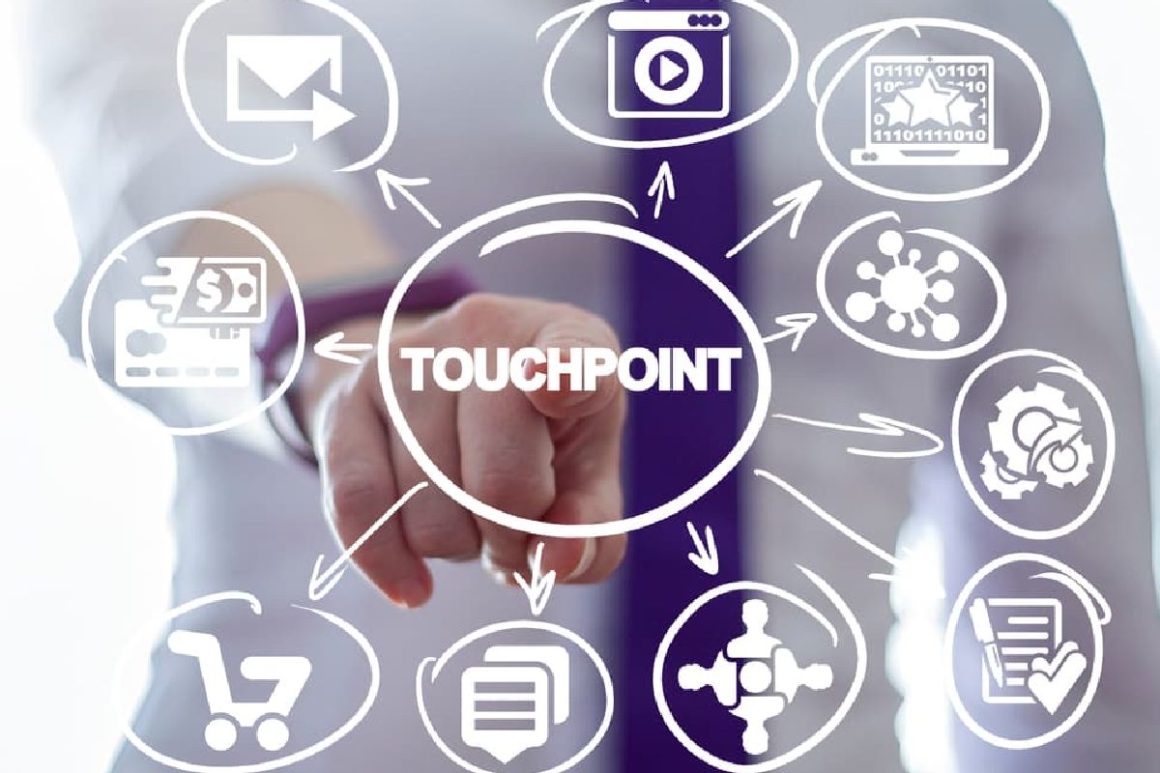It takes more than an excellent product or service for customers to purchase from you. You need to show up for the customer and be there for them during every step of the way. From initial discovery to purchase, every step is a direct reflection of your brand. Even something like a slow loading webpage can encourage consumers to make a jump and buy from a competitor.
It’s up to you to ensure that each and every customer touchpoint is optimized for success. Providing a smooth journey from start to finish proves you’re a dependable, well established company. And while focusing on lead generation or sales is important, solely focusing on these steps means you’re missing the full picture. The customer’s entire journey experience can make or break an initial or even a return sale.
Each touchpoint should be viewed as an opportunity for engagement. It’s through these engagements, after all, that you’re able to identify and meet (or exceed) your audience’s needs. And by understanding how your customer interacts with your brand, you can help you optimize their journey and identify areas of improvement. Below, three ways to make every touchpoint count.
Table of Contents
Reply to Customer Inquiries
They say communication is key to any relationship. This is particularly the case for a brand-consumer relationship. E-commerce businesses are at a disadvantage in that they can’t form in-person relationships with their consumers. Unlike brick and mortar stores, e-commerce sites have to facilitate conversations with their audiences digitally. This looks like replying to customer reviews on Amazon, Google, or your brand’s owned site.
It also means promptly replying to customers via chatbots, SMS, and email. A consumer who doesn’t hear back from you shortly will likely look elsewhere. A quick response can increase customer satisfaction, boost sales, and help with customer retention. If an individual feels like your customer service is top notch, they are more likely to come back to make a return purchase.
Of course, replying to customer inquiries ASAP can be a tedious task especially if you are a small business with a small staff. Thankfully, there are solutions to make replying to customers more efficient. CRM tools for small business teams equip you to respond to consumers in one streamlined platform. This avoids the unnecessary back-and-forth. All of your interactions with an individual are saved, allowing you to see the last time they engaged with your brand and for what reason.
Build an Intriguing Referral Program
Similar to customer reviews, referral programs are a way to generate leads. Additionally, this touchpoint is a way to keep your loyal customers engaged with your brand. At its most basic level, a referral program encourages current customers to reach out and spread the word about your brand. They are doing a bit of the marketing legwork for you, knowing they will receive some sort of incentive at the end.
You may be wondering why offering a coupon isn’t as valuable? Well to start, 92% of customers say they trust referrals over any other type of advertising. Like word of mouth marketing, referral marketing is highly trusted. People respect and value the opinions of their family and friends. By tapping into a referral program, you’re building a community.
Offering a referral program doesn’t need to be complicated. In fact, it can start with sharing a unique referral link or code for each new customer. This can be emailed after a purchase is made. Determine what the incentive is, such as a points system for earning free swag or a set discount for a future purchase. Make sure your messaging is clear by creating a referral landing page with easy-to-understand directions and a direct call-to-action. Doing so will further encourage your loyal customers to continually share their code, broadening your own market share.
Create Valuable Email Newsletters
Whether you are an inbox zero hero or not, your email inbox is a treasure trove of information. If you’re like the average email user, you likely delete or bypass a slew of promotional-type emails every day. Then, there are likely a handful of emails from brands that you read straightaway or save for later. You want your brand to be in this small percentage, roughly a 2.6 to 3% click through rate.
How do you ensure your newsletter is deemed valuable and worthy by your subscribers? You make it engaging and educational. An engaging newsletter starts with knowing your audience really well and crafting copy that speaks directly to them. A Gen Z- or millennial-focused brand should use language that best reflects the generation. A short listicle newsletter with interwoven memes and TikTok video clicks would likely be valuable to this specific audience.
An educational newsletter doesn’t have to be boring. Go back to what is most important for your core audience, offering solutions and resources that they will find useful. This doesn’t mean self-promoting your brand, however. Because while subscribers are interested in your brand (that is probably why they subscribed after all), you don’t want to come off as scheming them for a purchase. A good practice is to be more educational than salesy, offering a discount when it makes sense and providing occasional brand updates, like for new launches.
Conclusion
Customer inquiries and reviews, referral programs, and email newsletters are just a few ways to generate leads and boost customer retention. These specific touchpoints can occur before, during, and after a purchase. To get the most out of your customer’s journey, take a step back and know what each of your touchpoints are. From there you can begin to see how each can be optimized to get the most ROI.


